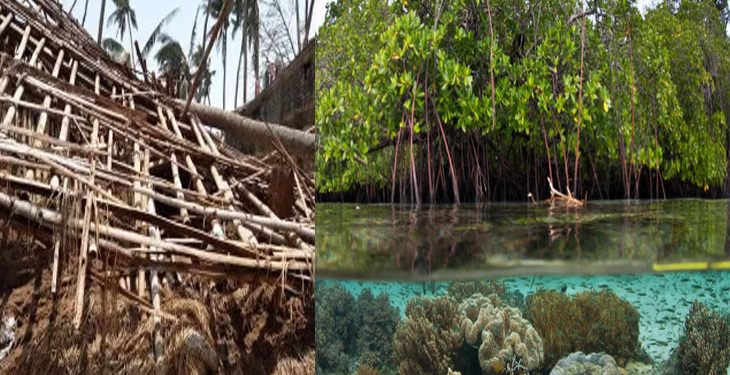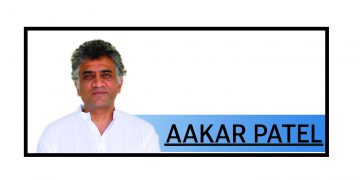Kendrapara: The Super Cyclone of 1999 completed its 20 years Tuesday. October 29 was indeed a catastrophic day when more than 469 people were found dead at Kendrapara, survivors say. The storm did not mind any mega structure or thatched roofs, and so all rested on hopes. Residents say that the rage of Mother Earth was inexplicable but what acted as deterrent, though not worthy enough for the large-scale debacle, were the mangroves— a protective wall.
20 years have passed since then but residents alleged that the government has been nonchalant when it comes to secure and protect the mangrove belt in the coastal areas of the district.
Even now when cyclones such as Hudhud, Titli or Fani strike, residents here put their faith on these mangroves which they believe have protected them from the horrors of the past.
The 1999 Super Cyclone organised into a tropical depression in the Andaman Sea October 25, though its origins could be traced back to an area of convection in the Sulu Sea four days prior. The disturbance gradually strengthened as it took a west-northwesterly path, reaching cyclonic storm strength the next day.
Aided by highly favourable conditions, the storm rapidly intensified, attaining super cyclonic storm intensity October 28, before peaking on the next day with winds of 260 km ph and a record-low pressure of 912 mbar. The storm maintained this intensity as it made landfall on Odisha October 29. The cyclone steadily weakened due to persistent land interaction and dry air, remaining quasi-stationary for two days before slowly drifting offshore as a much weaker system; the storm dissipated November 4 over the Bay of Bengal.
Various estimates put the casualty figure at 10,000 across the state with more than 3.5 lakh houses destroyed, 2,97,814 houses completely washed away, 1,803 injured and more than 2 lakh animals killed. More than 25 lakh people were marooned, as per government information. The government had sanctioned Rs 43, 72, 84,000 for the victims.
The state government announced 64 villages of Kendrapara as prone to cyclone for which analysis and interpretation has been carried out twice a year. On the other hand, as many as 312 shelter homes in the district are opined as unsafe and deathtrap by the locals.
According to a local Ganesh Chandra Samal, the immediate aftermath of the Super Cyclone saw the same chaos as it was before the storm hit. “There were riots on the streets as famished people fought to get their share of food. The people waited for more than 10 days to get relief from the government. Forget about the food, they didn’t even have water to drink,” Samal recollects. The floodwaters gushed into the houses from the coastal areas of Mahakalpada and Rajnagar.
The present district Collector Samarth Verma says, “The reports and bulletins provided by the IMD have helped us a great deal to make necessary precautionary arrangements before any such natural calamity hits. We have also started planting mangroves on the coastal areas and made provisions in the villages to protect the forests.”






































